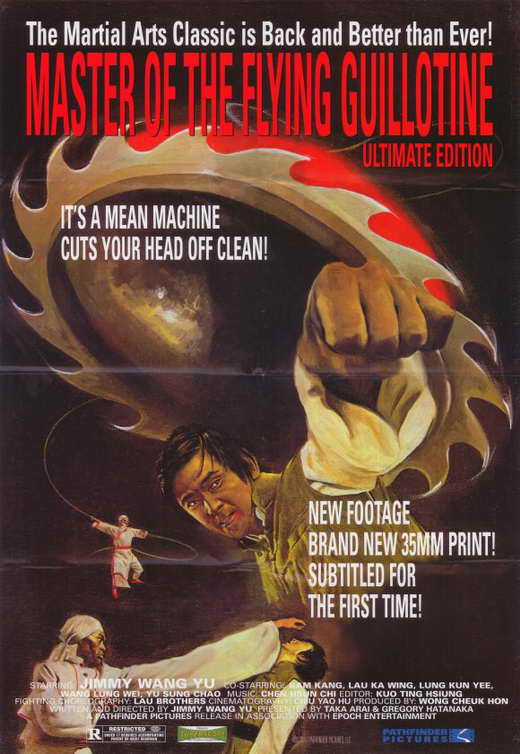 |
Fatigue leads to fear.
Fear leads to indecision.
Indecision leads to doubt.
Doubt leads to losing.
Losing sucks. |
|
I read a quote long ago, attributed to Vince Lombardi: "Fatigue makes cowards of us all."
When I began training in Judo and even when I had my first couple MMA fights, I did little if any actual conditioning other than drilling, live rolling/randori, and sparring.
I didn't lift weights. I didn't do sprints. I did uchikomis outside of Judo for supplemental training, but other than being in the gym, hitting pads, the heavy bag, and sparring....that was it.
Crazy, right?
It amazes me the number of Judo clubs that train hard and train hard in randori and even BJJ clubs that do the same, but rarely if ever before tournaments mention strength and conditioning.
If you compete at the highest levels or even intermediate to advanced levels, you need to address your strength and conditioning.
In training, rolling, randori, sparring; we find clever ways to cheat. We find ways to take a breather that we won't find in a fight or a tournament. We lay back against the ropes/cage. We stall in the guard. Our training/sparring partners are not hyped up on the adrenaline that our opponent will have in a fight. The intensity of a fight or a match is different than much of what takes place in the gym or in the academy or dojo. We also know something about the game/style of many of our training partners. In a fight or a tournament then, our opponent(s) seem to hit harder, move faster, and feel much stronger than otherwise due to adrenaline, nerves. Perhaps you feel weak due to the drain of cutting weight etc. They also don't tap to the same submissions they would in training. And so, the fight feels like an entirely different animal and we may panic or let fear take over. Worse yet, this stress-related fatigue can cripple or lead to a lapse in judgment or a split second error that costs us the fight or match.
 |
Meet the Airdyne.
It knows when you are tired.
The airdyne does not let you cheat or take breaks.
Have a coach with a stopwatch watching to see your actual work rate. |
The efficacy of experience:
I went through several phases of training when it comes to strength and conditioning.
Due in part to the adage of technique trumping strength, I told myself that if the other guy out-muscled me, it wasn't the same as losing. I wanted to make sure I used technique only when fighting and training.
This is simply not so.
1) Just Cardio
I did little to no cardio-specific training before my first 2 MMA fights. I perhaps did some running but that was about it.
I realized that being tired in an MMA fight sucks. I don't just mean it sucks like losing a bet. I mean it sucks like it is a nightmare. The hurricane of the crowd, the fight, the punches, and kicks, and knees, your corner and his corner screaming at you all while you feel like you're moving slow motion underwater....I never wanted to feel that way again. Simply put, feeling helpless as someone shoots a single leg, or punches you in the face against the ropes or the cage is a terrifying feeling. Taking a beating with no energy to fight back is an eye-opening experience. I began using the airdyne to work on my cardio and do sprints.
My conditioning improved, but then I found a new menace....
- I fought several more MMA fights and competed in Judo as well as BJJ. I realized that due to the prevalence of weight cutting, I was still fighting guys who not only outweighed me, but had more overall strength. I was not overly strong for my weight class to begin with, and since I didn't cut weight, I was more accurately fighting about 2 weight classes above my natural one. Again, cardio wasn't enough if I simply wasn't strong enough to hang with my opponents.
Just Weights:
In preparation for several BJJ tournaments I began doing olympic lifts and doing Judo/BJJ. My overall strength increased. I was able to force the submission I previously would not have, I was able to scramble better and drive through the takedown and finish that I otherwise previously would not have.
I showed up feeling stronger and (based on rolling in class 3-5 days a week) well-conditioned.
I finished my first match of the day more exhausted than I think I've ever felt in a grappling/Judo/BJJ tournament and having completely blown my grip. I grinded my way through the rest of my Gi division and the NoGi but I was finished strength and cardio wise. Lifting weights and going to sport-specific Judo or BJJ, or NoGi class was also not priming my body for the physical demands of competition.
 |
Your best friend and worst enemy: The Prowler
Do prowler sprints and you will learn the meaning of "tired" |
In Summary:
Cardio + rolling/randori/training is not enough.
Weights + rolling/randori/training is not NEARLY enough.
A healthy mix of strength that maintains over time and cardio that allows for explosiveness repeated through the course of a round or a match, however, is enough.....assuming anything is ever really enough.
Happy Trainings!
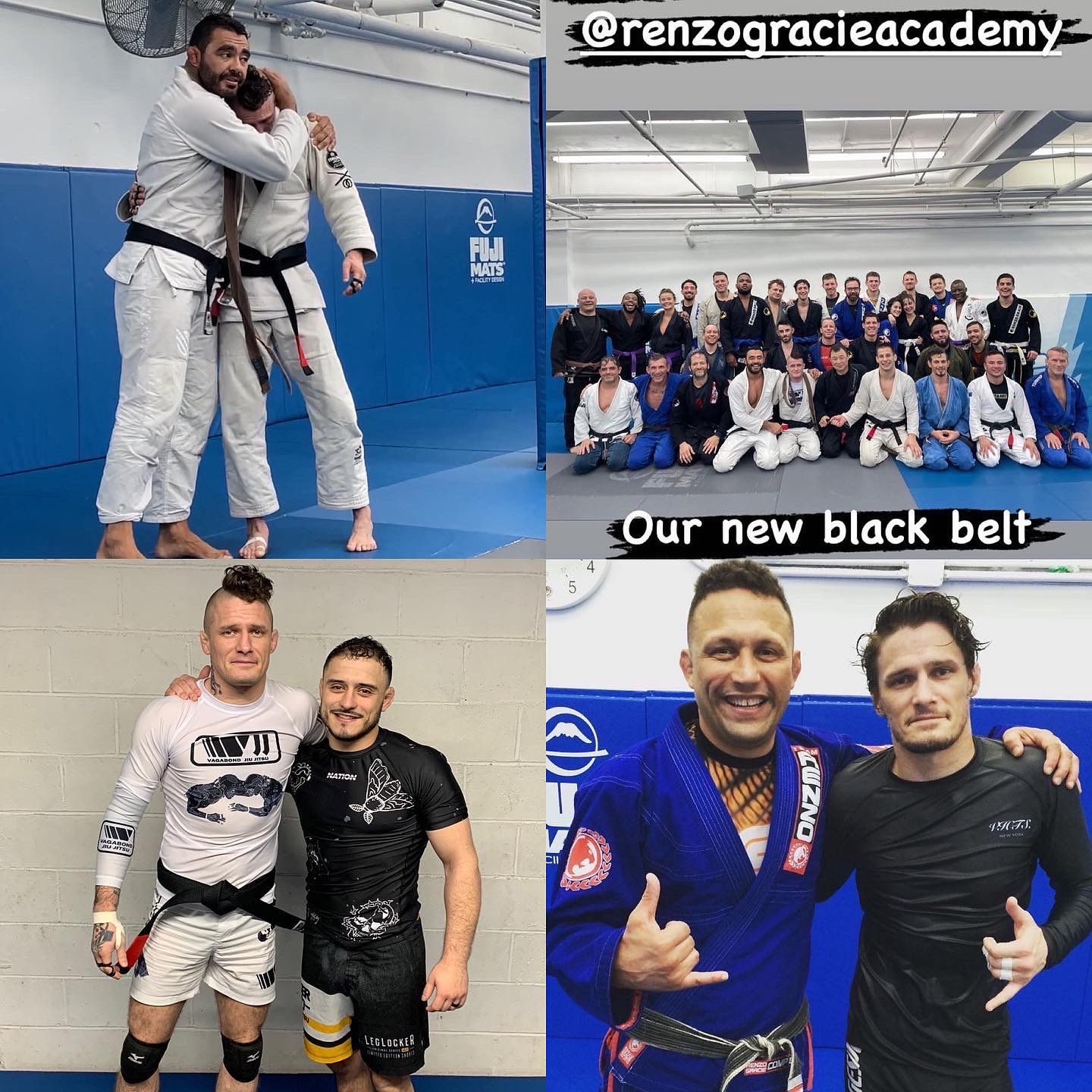


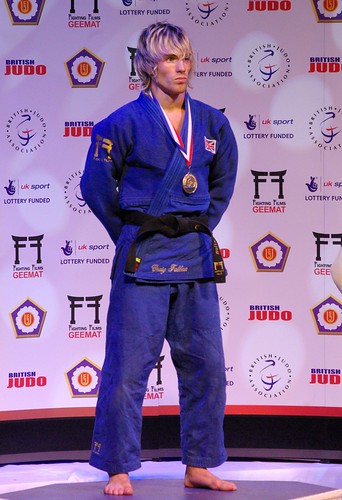
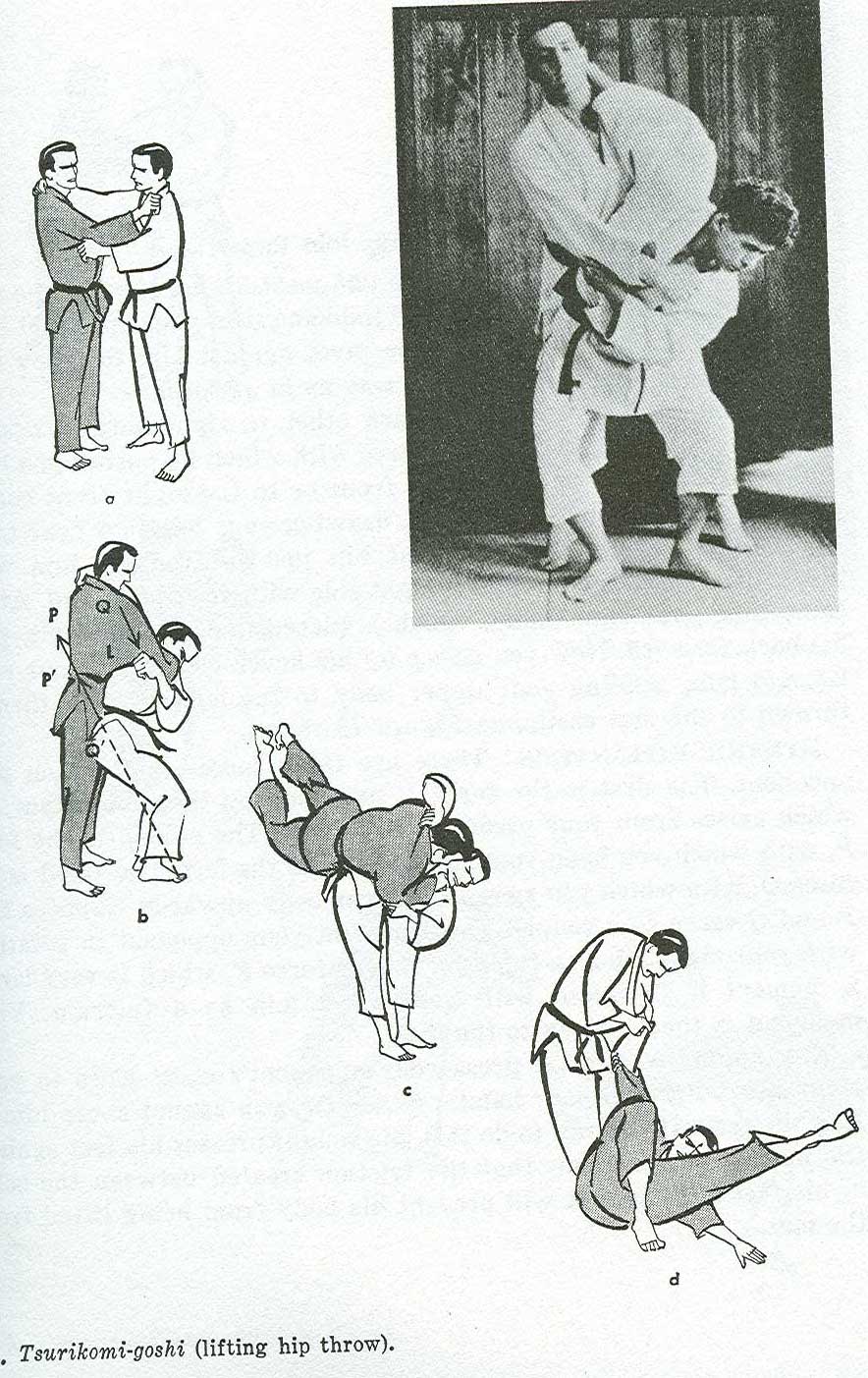















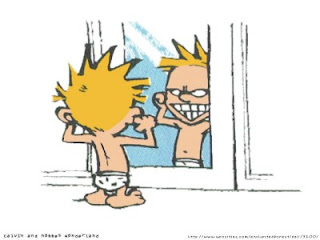

 m
m
 -r
-r
 )
)

